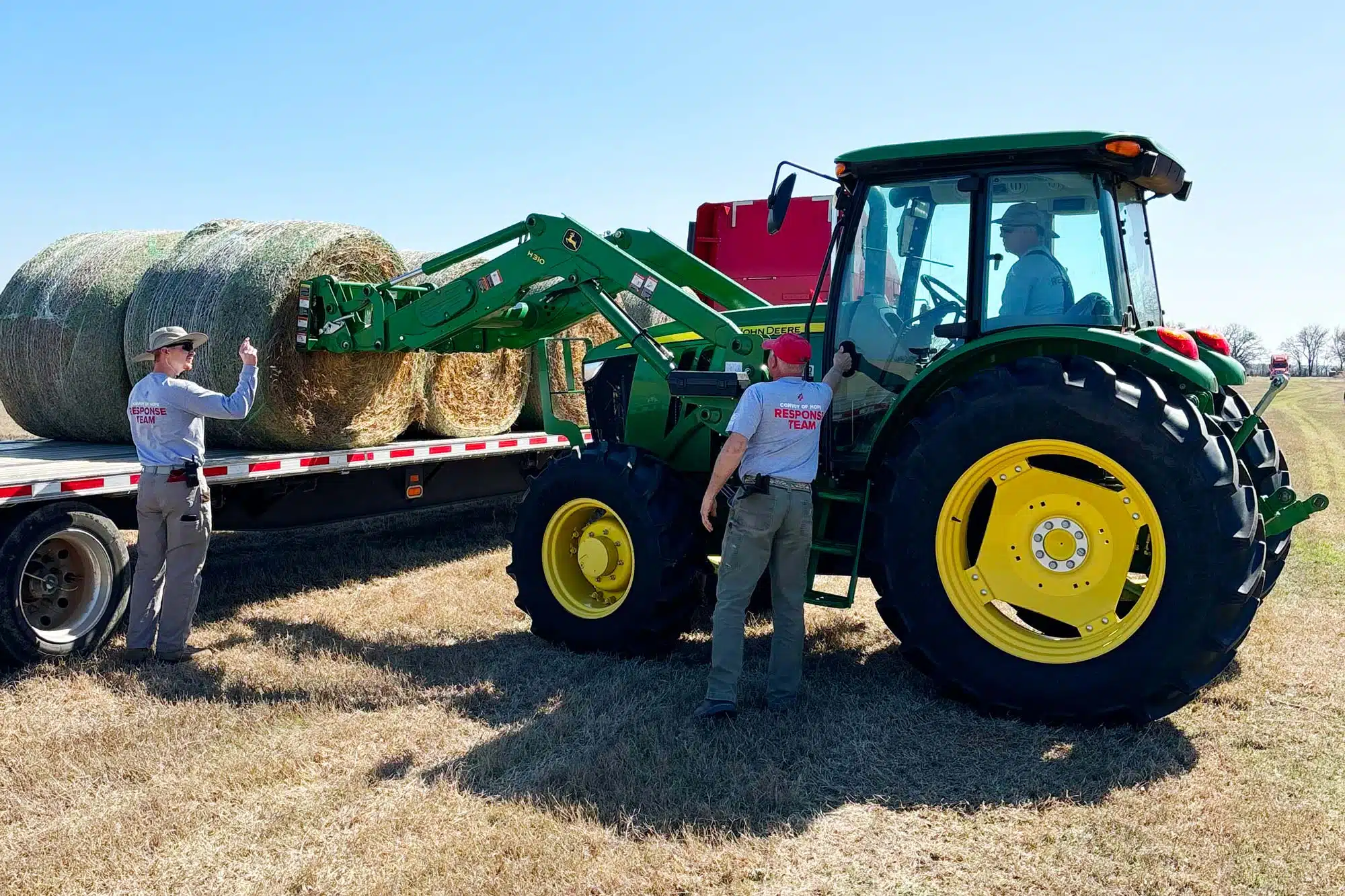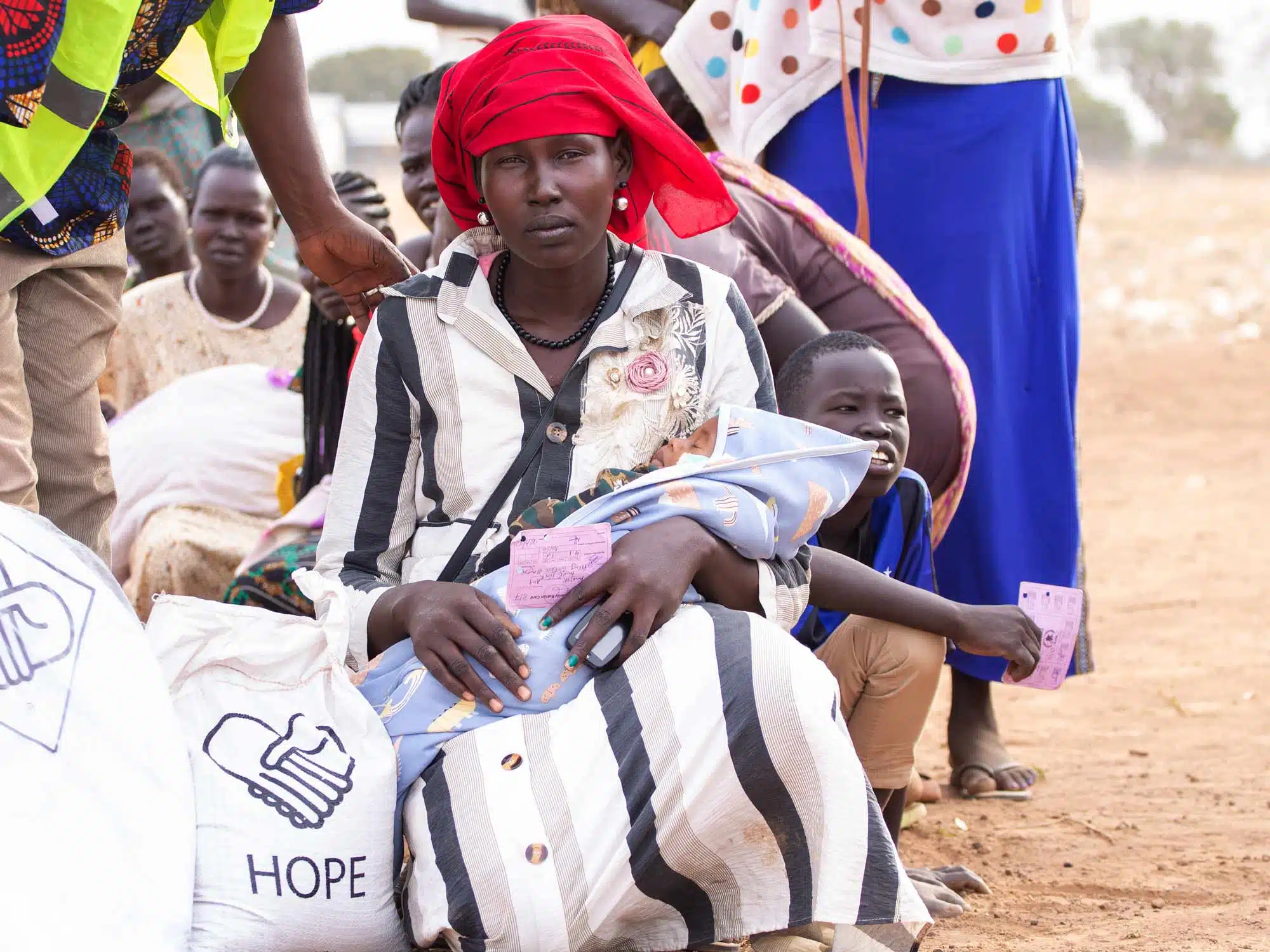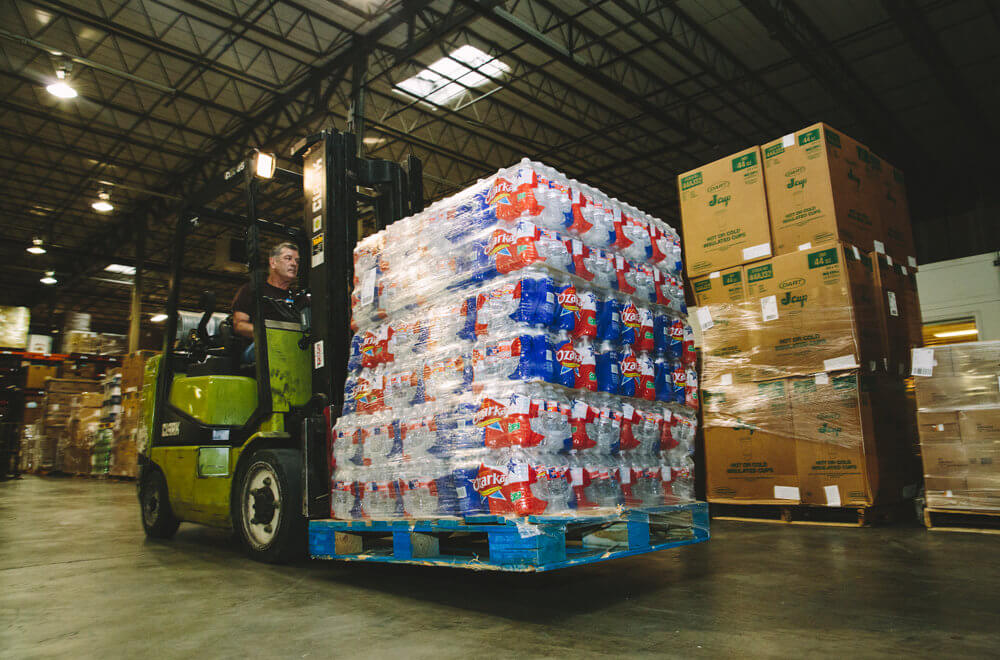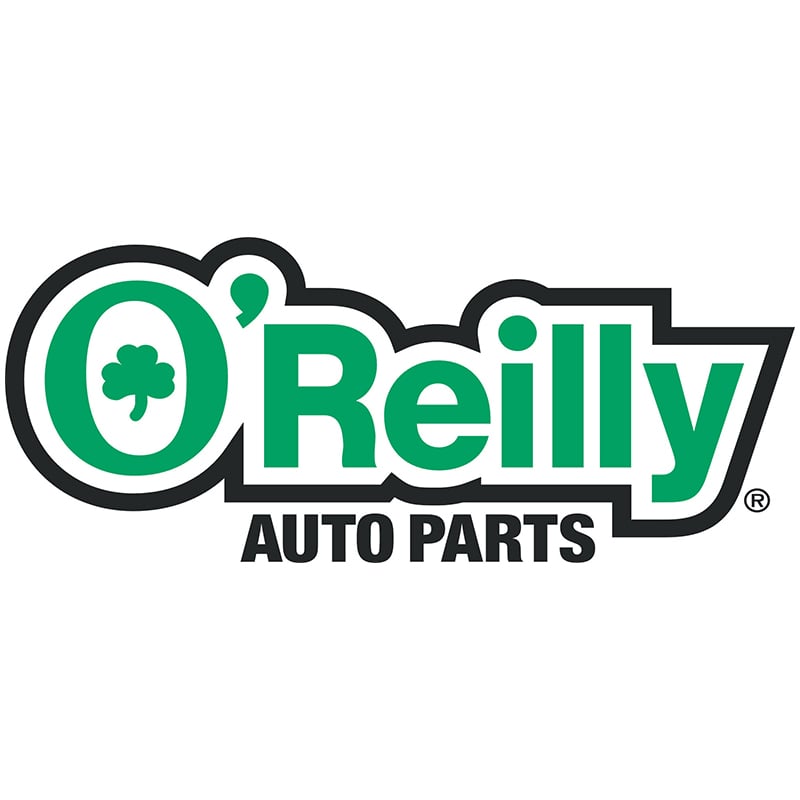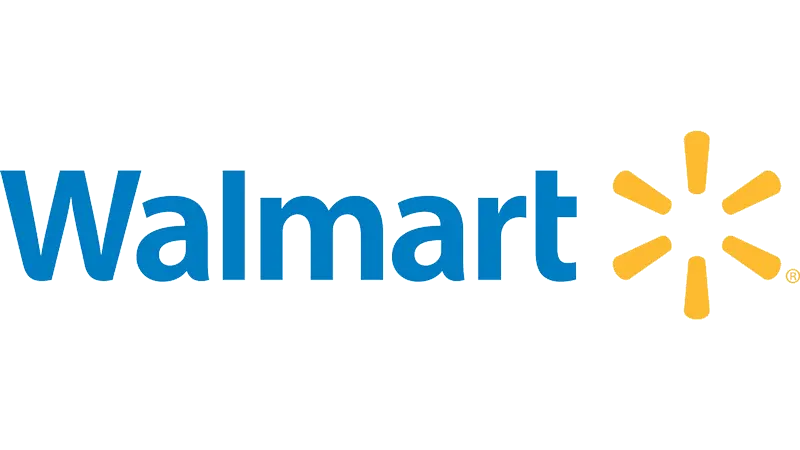In the area of giving, in-kind donations have emerged as an important avenue of support for nonprofit organizations, offering an alternative to traditional cash gifts.
These donations, encompassing a wide array of goods and services, provide valuable resources to nonprofit organizations, enabling them to extend their reach and enhance their operations.
This article will discuss the key components of in-kind donations, addressing:
- • What exactly is an in-kind donation.
- • The different types of in-kind donations.
- • The benefits of in-kind donations.
- • How to make in-kind donations.
- • Challenges with in-kind donations.
- • Their tax deductibility and relevant IRS guidelines.
- • Their recognition as revenue on financial statements.
- • The essential documentation processes involved.
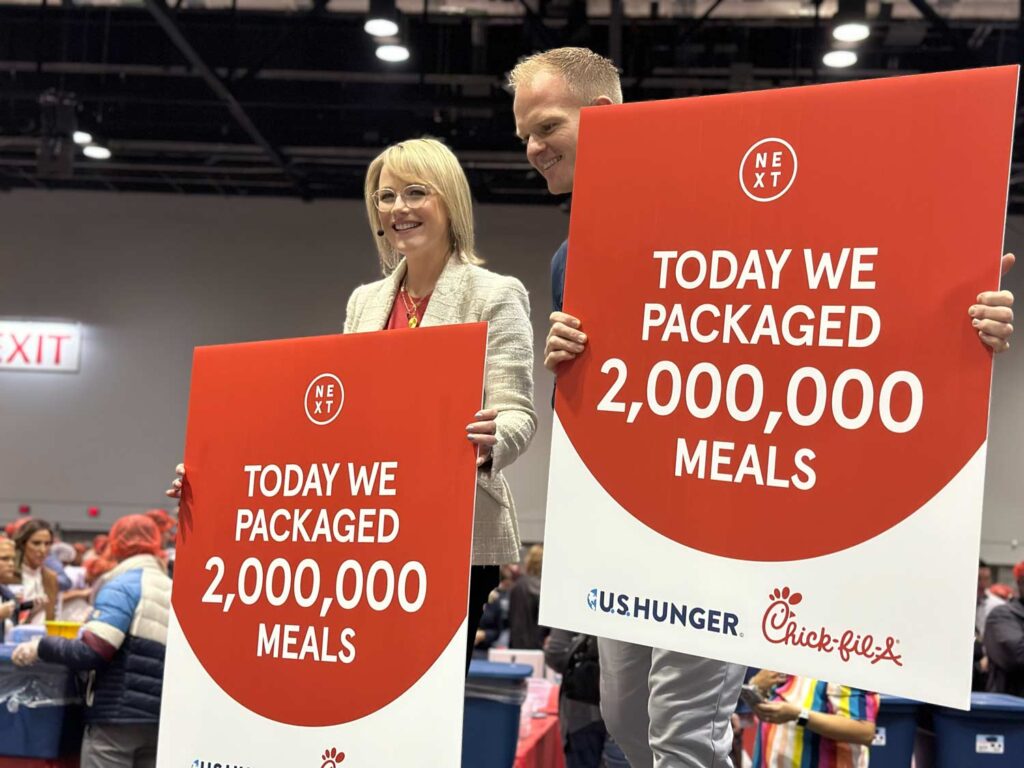
These key aspects help illuminate the significant benefits in-kind donations offer to both donors and recipients.
Ready to make a difference? Let’s get started!
What Is an In-Kind Donation?
An in-kind donation represents a charitable donation that is outside traditional monetary gifts given to a nonprofit organization, such as a food bank.
These donations are typically tangible goods, services, or expertise, rather than direct financial support.
This form of contribution allows individuals and businesses to leverage their assets, skills, or surplus products to aid charitable causes in a direct and meaningful way.
The $30,000 State Farm Good Neighbor Grant has allowed Convoy of Hope to expand its disaster resources across the nation. Learn more.
In-kind donations extend to various forms of support, such as:
- • Donating food supplies to a food bank.
- • Providing professional services free of charge.
- • Offering equipment and supplies that assist in the operational effectiveness of charitable organizations.
This not only helps nonprofits to achieve their mission by alleviating financial burdens but also allows donors to contribute in a manner that might align more closely with their organization’s capabilities and social responsibility vision.
What do in-kind donations mean for the recipient and the giver?
- • For charities, these donations enable them to access resources that might otherwise be unaffordable or difficult to obtain, thereby enhancing their capacity to serve their communities and growing their ability to fulfill their mission.
- • For donors, in-kind donations offer a unique opportunity to visualize a part of who they are as an organization and make a direct impact in an area of need.
Types of In-Kind Donations
Understanding the types of in-kind donations helps both donors and charitable organizations identify the various ways in which support can be offered beyond financial gifts.
These donations vary widely, encompassing goods, services, and expertise that can significantly benefit nonprofits and the local community they serve.
1. Goods
One of the most common types of in-kind donations is tangible items that can be used directly by the organization or those it assists.
Examples range from office supplies, which help in the day-to-day operations of a charity, to clothing and food items that support individuals in need.
2. Services
This important category involves professional expertise offered for free to support a charitable organization’s operations.
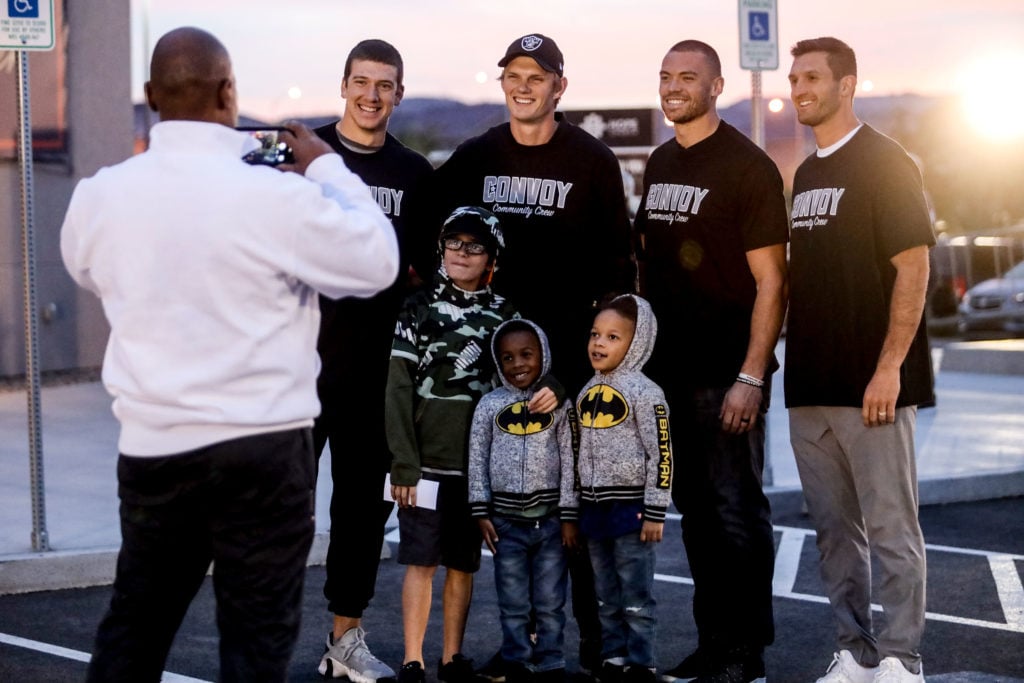
These services can include legal advice, marketing support, construction work, and more.
For instance, a graphic designer might volunteer their skills to create promotional materials for a local charity event, directly enhancing the organization’s visibility and fundraising efforts without incurring additional costs.
3. Expertise
Expertise donations involve sharing knowledge or skills to benefit a nonprofit and the people they serve.
This can take the form of educational workshops, training sessions, or consulting services.
Such contributions are valuable for nonprofits seeking to enhance their effectiveness or expand their offerings to the local community.
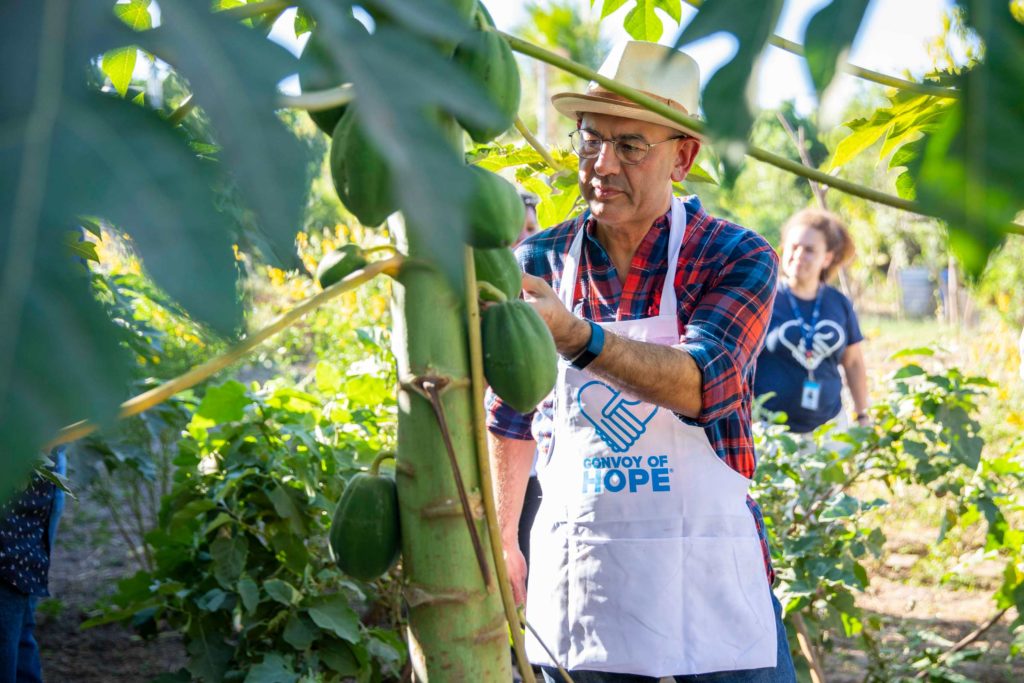
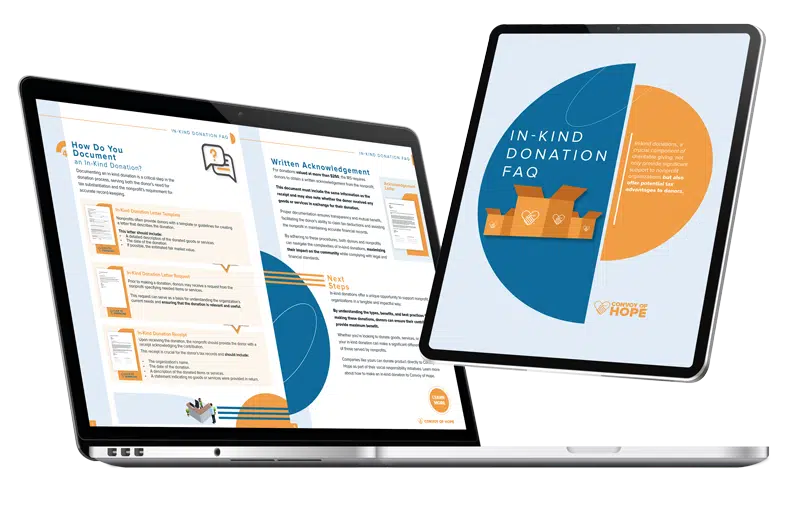
In-Kind Donation FAQ
Unlock the full potential of your in-kind donations with our comprehensive FAQ e-book, designed to guide you through the nuances of written acknowledgements and help you integrate contributions into financial statements and reflect them on your income statement.
Topics Include:
— Are In-Kind Donations Tax Deductible?
— IRS Guidelines for In-Kind Donations
— In-Kind Donation Letter/Form Template
— In-Kind Donation Request Template
— In-Kind Donation Receipt Template
Download Our In-Kind Donations FAQ Guide!
Unlock the full potential of your in-kind donations!
"*" indicates required fields
Benefits of In-Kind Donations
Understanding the benefits of in-kind donations can illuminate the impactful role these donations play in supporting charitable efforts, particularly in enhancing an organization’s cash flow and operational efficiency.
1. Direct Impact
In-kind donations can have a direct and positive impact on a nonprofit’s cash flow.
By receiving goods and services that would otherwise need to be purchased, organizations can allocate their financial resources more effectively towards their core missions.
This is particularly beneficial for nonprofits operating with tight budgets, as it allows them to stretch their dollars further and invest in areas that may not have been otherwise feasible.

Every year civic organizations, churches, businesses, and government agencies come together at Convoy’s Community Events to bring help and hope to families in need. Learn More.
2. Community Support
In-kind donations can carry significant value that can be leveraged in various ways.
For instance, donated items can be used directly in the delivery of services to the community.
Professional services provided for free can save nonprofits substantial amounts of money, further improving their financial stability and capacity to serve their constituents.
3. Social Media Awareness
Social media plays a pivotal role in amplifying the benefits of in-kind donations.
When donors share their contributions through social media platforms, it not only raises awareness for the cause but also encourages others to consider in-kind giving. This can lead to a ripple effect, increasing support for the nonprofit and fostering a culture of generosity within the community.
Whether it’s a piece of equipment that enhances an organization’s capabilities or a service that enriches its programs, these donations provide a direct link between the donor’s generosity and the nonprofit’s success.
How To Make In-Kind Donations to Nonprofits
Making in-kind donations to nonprofits can significantly impact both the organizations and the communities they serve. Whether it’s for general support or targeted towards disaster relief efforts, understanding how to effectively donate goods, services, or expertise is crucial.
Here’s a step-by-step guide on how to make in-kind donations for nonprofits, ensuring that your contribution is as beneficial as possible.
1. Identify Needs
Look for nonprofit organizations whose mission aligns with your interests or the specific cause you wish to support, such as disaster relief.
Many nonprofits explicitly state whether they accept in-kind donations and for which areas they have the most pressing need. Researching this beforehand ensures that your donation will be of maximum use.


In its 30th year, Convoy of Hope continues to combat poverty and hunger through its children’s feeding initiatives, community outreach, and disaster response.
Working with in-kind donations, Convoy is able to bring help and hope to people in the U.S. and around the world.
Convoy is among the first to respond to disasters and is highly regarded for scalable and effective distribution. From hurricanes to earthquakes, poverty to famine, Convoy of Hope distributes in-kind donations to make a difference to those affected by disaster and hardship.
2. Coordinate With the Organization
Once you’ve selected an organization, reach out to them directly. This is an important step, as it allows you to understand their current needs and donation acceptance policies.
Companies can donate in-kind product and Convoy of Hope can move the donations quickly and efficiently. Convoy works with a vast network of distribution partners that are committed to helping children and families in need.
By combining a company’s passion with Convoy of Hope’s knowledge and expertise, people are served in a tangible way with in-kind donations.
3. Consider Logistics
Determine how your in-kind donations will be delivered to the organization, especially for large items or if you’re contributing to disaster relief efforts in remote locations.
Coordination with the nonprofit is key to ensuring that your donation is received and utilized effectively.
Whether it’s a single pallet or multiple truckloads, Convoy of Hope is able to pick up in-kind product donations anywhere in the U.S. and in some parts of Canada.
Convoy has the capacity to receive excess products, diverting them from disposal to donation to do the most good for the most people.
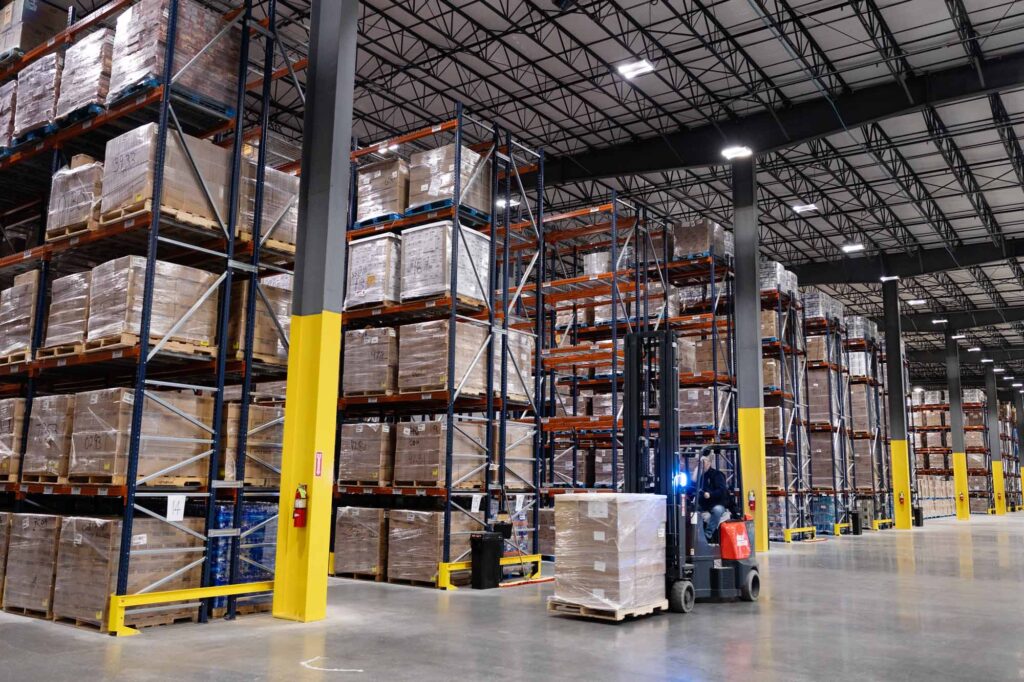
Convoy picks up in-kind donations in a timely fashion and handles all donations with the utmost integrity.
Convoy’s Supply Chain team facilitates communication between donors and end users to ensure that products are delivered in the most efficient manner, delivering hope and kindness without delay.
- • Convoy’s World Distribution Center is centrally located in the U.S.
- • Convoy also has a Regional Distribution Center on the West Coast and is strategically adding distribution centers in other parts of the United States.
- • This will expedite distributions and allow Convoy to impact a greater number of people.
Complex logistics and hazardous circumstances are obstacles that Convoy of Hope is comfortable navigating.
4. Document Your Donation
Request or prepare an In-Kind Donation Form, which should detail the items or services donated and their estimated value. This not only helps nonprofit organizations for record-keeping and reporting but may also be necessary for your tax deductions.
When donating in-kind products, Convoy of Hope provides a detailed list of information needed to process the logistics as well as help with tax reporting.
Through Convoy’s single point of contact, donors walk through the steps and documentation needed for in-kind donations, including valuation. This detailed information not only helps Convoy process and distribute quickly and efficiently, it also helps ensure in-kind donation tax reporting is smooth for generous donors.
Once the donation is received, Convoy provides donation receipt letters. For corporate donors, Convoy also provides a blank IRS Form 8283 (Noncash Charitable Contributions) to use for reporting tax-deductible in-kind donations.
By following these steps, your in-kind contributions can make a significant difference in the operations of nonprofit organizations and the success of their mission, particularly in critical areas like disaster relief.
Challenges With In-Kind Donations
While in-kind donations offer numerous benefits to nonprofit organizations, they can also present unique challenges that donors and recipients must navigate.
Understanding these obstacles helps ensure such contributions are as effective and beneficial as possible.
1. Mismatched Donations
Donors may offer goods or expertise that, while valuable, do not align with the organization’s current requirements or strategic goals.
This can lead to underutilization of donations or even additional costs for storage and management, detracting from the intended positive impact.
Working with a vast network of distribution partners, Convoy navigates this challenge to match donations to needs in a variety of areas.


2. Valuation Difficulties
Determining the fair market value of donated goods and services can be complex, yet it is essential for both the donor’s tax purposes and the nonprofit’s financial records.
The lack of clear guidelines or expertise in accurately assessing this value can complicate the donation process and potentially lead to discrepancies in financial reporting.
By providing valuation on the front end of communication, the donor helps to alleviate complications from valuation difficulties.
3. Logistical Hurdles
The cost and coordination of transporting goods can be prohibitive for both parties, requiring careful planning and sometimes additional financial resources to ensure the donation reaches its intended destination.
Convoy of Hope is committed to navigating logistical challenges, including covering the cost of transportation to ensure in-kind donations can move from donor to end-user successfully.
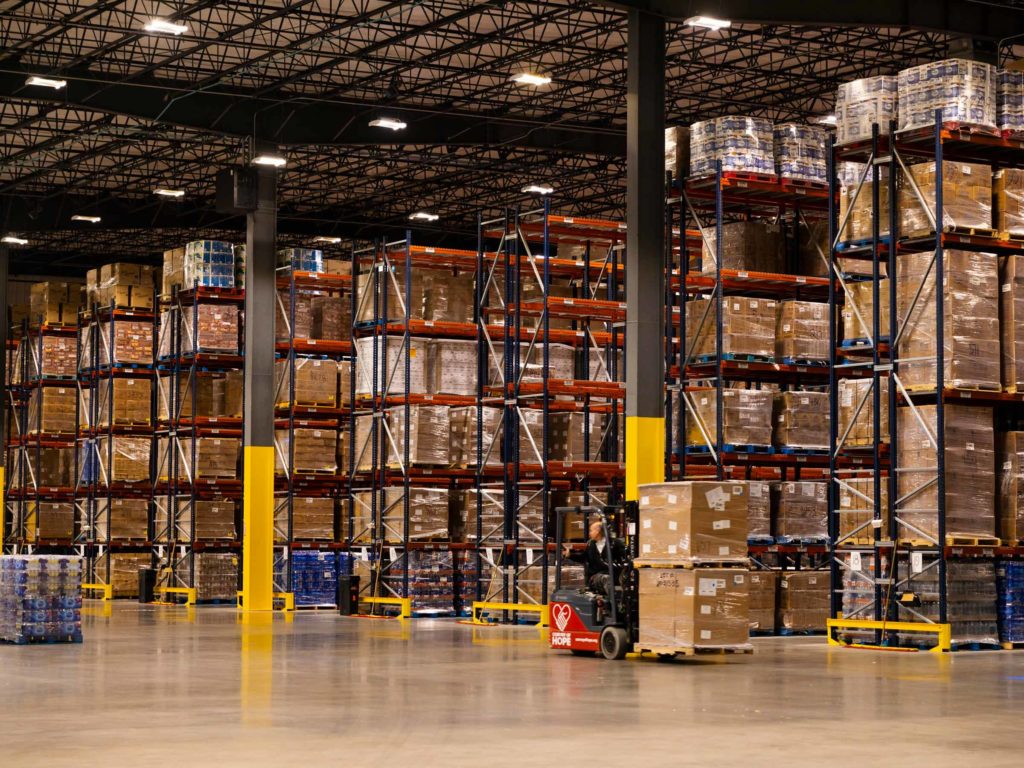
4. Regulation Challenges
Sometimes regulatory and compliance issues can arise, especially when donations involve services or items subject to specific legal or safety standards.
Ensuring that both donors and nonprofits adhere to these regulations is critical to avoid legal complications and ensure the safety and efficacy of the donation.
When processing in-kind donations, Convoy’s Supply Chain team works to comply with complex regulations challenges. Whether it be an extension letter for dating of a product or navigating international regulations for receiving, Convoy of Hope communicates with and on behalf of donors to work through these challenges together.

In-Kind Donation FAQ
Unlock the full potential of your in-kind donations with our comprehensive FAQ e-book, designed to guide you through the nuances of written acknowledgements and help you integrate contributions into financial statements and reflect them on your income statement.
Topics Include:
— Are In-Kind Donations Tax Deductible?
— IRS Guidelines for In-Kind Donations
— In-Kind Donation Letter/Form Template
— In-Kind Donation Request Template
— In-Kind Donation Receipt Template
Download Our In-Kind Donations FAQ Guide!
Unlock the full potential of your in-kind donations!
"*" indicates required fields
Next Steps: Your Business, Doing Good
In-kind donations offer a unique opportunity to support nonprofit organizations in a tangible and impactful way. By understanding the types, benefits, and best practices for making these donations, donors can ensure their contributions provide maximum benefit.
Whether you’re looking to donate goods, services, or expertise, your in-kind donation can make a significant difference in the lives of those served by nonprofits.
Ready to donate your in-kind gift? Contact us today to get started.
Outstanding Partners
Just a few of the generous companies Convoy partners with.



